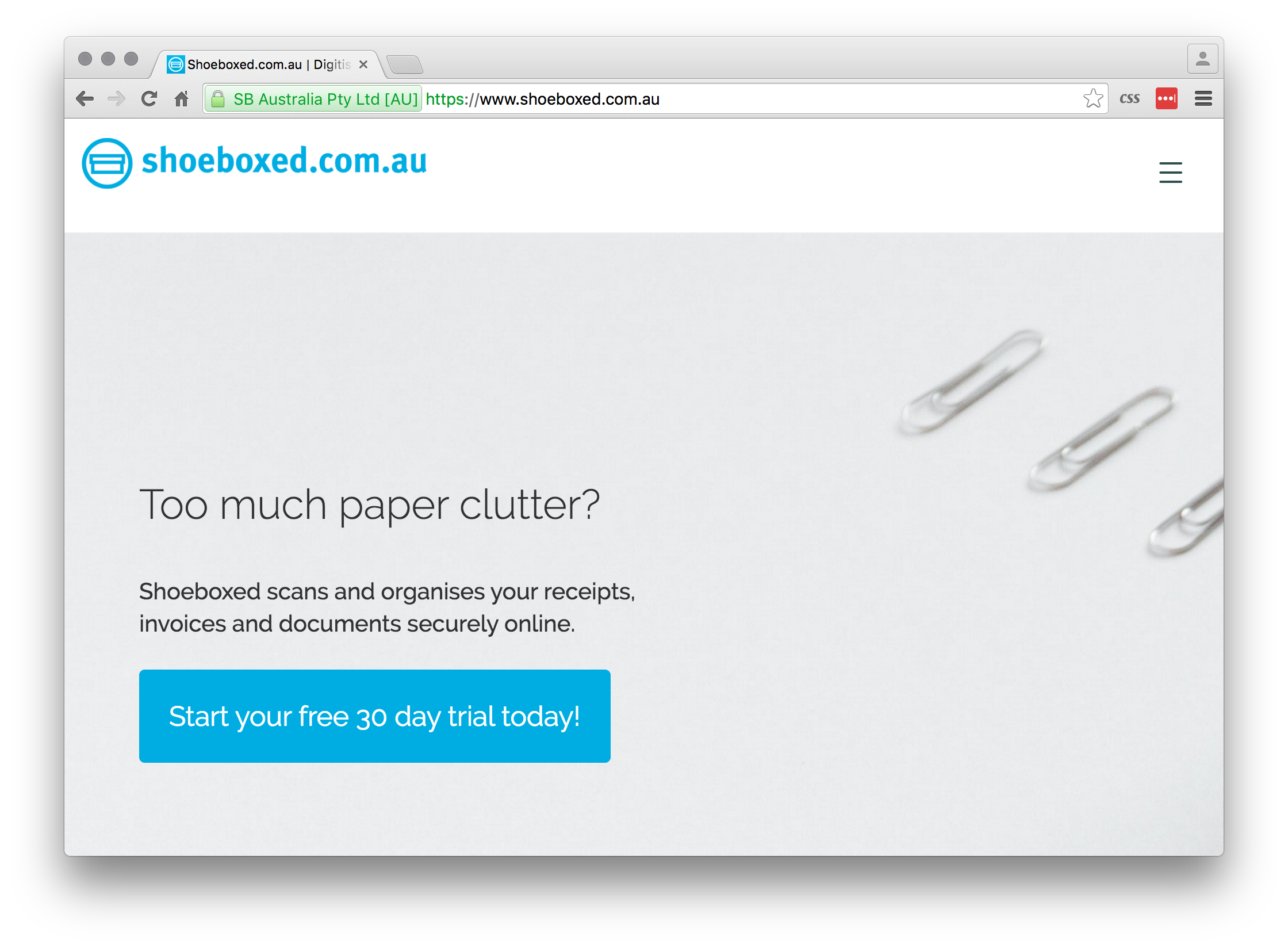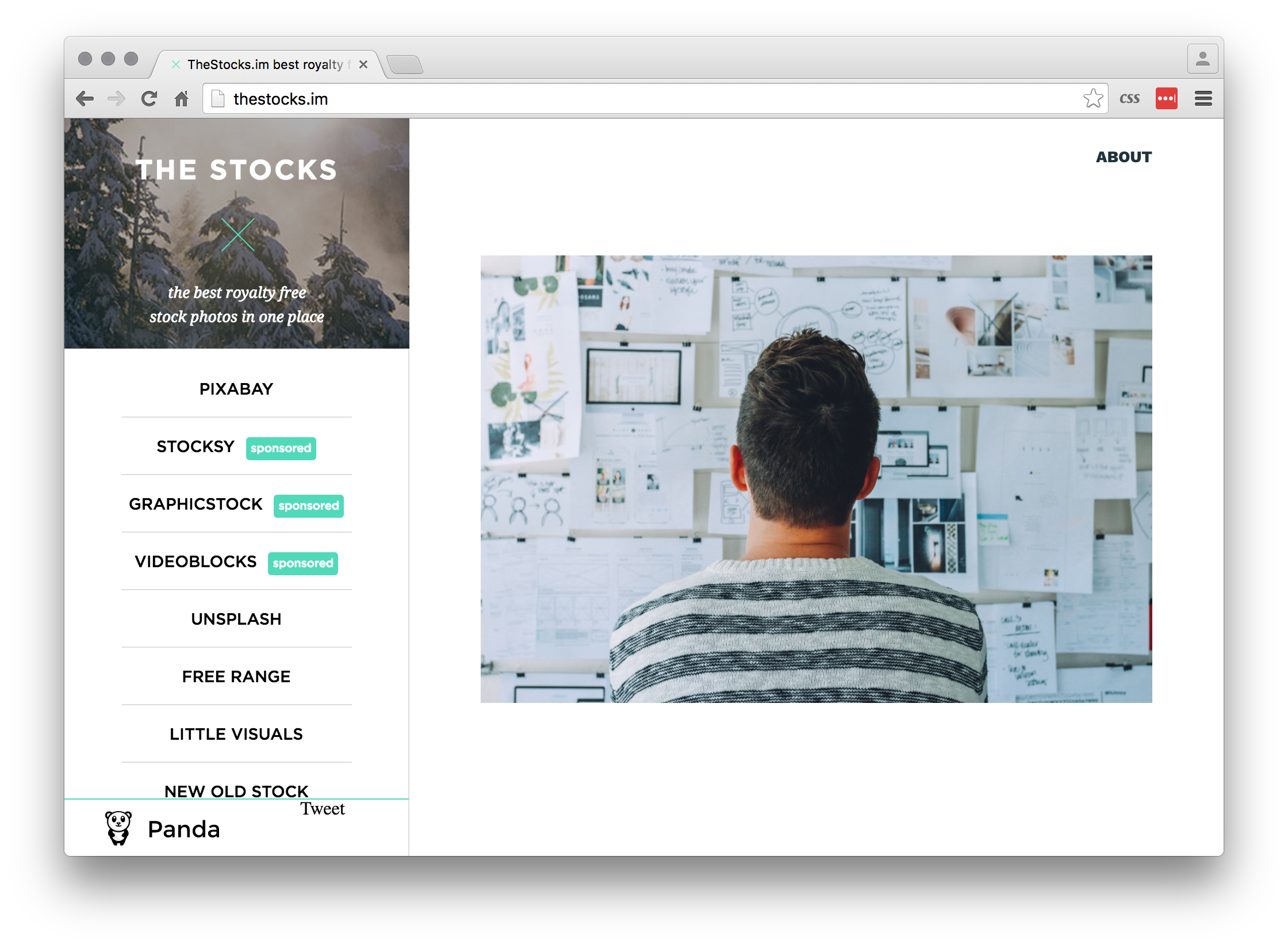In today’s fast-paced business environment, aligning your sales and finance teams is more critical than ever. With the right tools and technology, you can ensure that these crucial parts of your business are not just aligned but also highly productive. This is where Breadwinner comes in, offering a seamless integration between Xero and Salesforce, two of the most powerful platforms in their respective domains. NetEngine, a software development house known for bringing digital visions to life, is here to guide you through integrating Xero and Salesforce using Breadwinner.
Why Choose Breadwinner?
Breadwinner is not just another integration tool. It’s a comprehensive solution designed to connect your sales data from Salesforce with your financial data in Xero. This connection provides monumental gains in workflow automation without the monumental task typically associated with such integrations. Breadwinner’s robust automation tools are built with flexibility, security, efficacy, and ease-of-use in mind.
Whether you’re an admin, a power user, a consultant, or a developer, Breadwinner’s automation solutions are designed for all user experience levels. This inclusivity ensures that integrating Xero and Salesforce is not a time-consuming or costly endeavour, adding value to your business in hours or days, rather than weeks or months.
The Breadwinner Advantage
Streamlined Workflows
With Breadwinner, repetitive and tedious tasks that consume your teams’ time become a thing of the past. The integration allows sales and finance teams to access and edit Xero contact details directly within Salesforce. This two-way sync ensures any changes made are automatically reflected in Xero, eliminating the need to switch between multiple platforms for simple data entry tasks.
Quick and Secure Integration
Implementing Breadwinner is a breeze. Its out-of-the-box functionality means you can unlock the benefits of integration without hours of setup. Secure operations are a priority, with features like Read-Only mode and user permissions sets ensuring data integrity and security.
Real-Time Data for Informed Decisions
The real-time mirroring of data between Salesforce and Xero can significantly enhance your revenue growth. Access to up-to-date financial and sales data empowers team members to make informed decisions, thereby increasing revenue and transforming your organisation’s productivity.
Purpose-Built for Efficiency
While iPaaS platforms may offer a wide range of integrations, they often overlook the specific needs of each application, leading to frustration and inefficiency. Breadwinner’s purpose-built solution for Xero and Salesforce integration addresses this issue, providing a streamlined and efficient experience without the need for technical expertise.
Key Benefits and Outcomes
- Improved Productivity: Save valuable staff time by eliminating double data entry and allowing team members to edit client contact details directly from Salesforce.
- Accelerated Sales Cycle: Create Xero invoices directly from Salesforce, speeding up the time-to-payment.
- Increased Accuracy: Access critical data in real-time and pre-populate fields in your Xero invoices from Salesforce, ensuring accuracy and efficiency.
- Enhanced Tracking: Track invoice status within Salesforce, making it easier and faster to manage payment collections.
A Success Story: Scout Talent
Scout Talent, a client of NetEngine, has successfully utilised the integration of Xero and Salesforce via Breadwinner, aligning their sales and finance data seamlessly. This integration has empowered them to streamline their business processes, enhance productivity, and ultimately, drive growth.
Integrating Xero and Salesforce using Breadwinner offers a myriad of benefits, from improving productivity to enhancing decision-making with real-time data access. It’s a testament to the possibilities when sales and finance teams are perfectly in sync, facilitated by the right technology.
For an in-depth understanding and specifics on how Breadwinner achieves this seamless integration, please refer to the detailed information provided on their website at Breadwinner’s Xero Salesforce Integration.





















